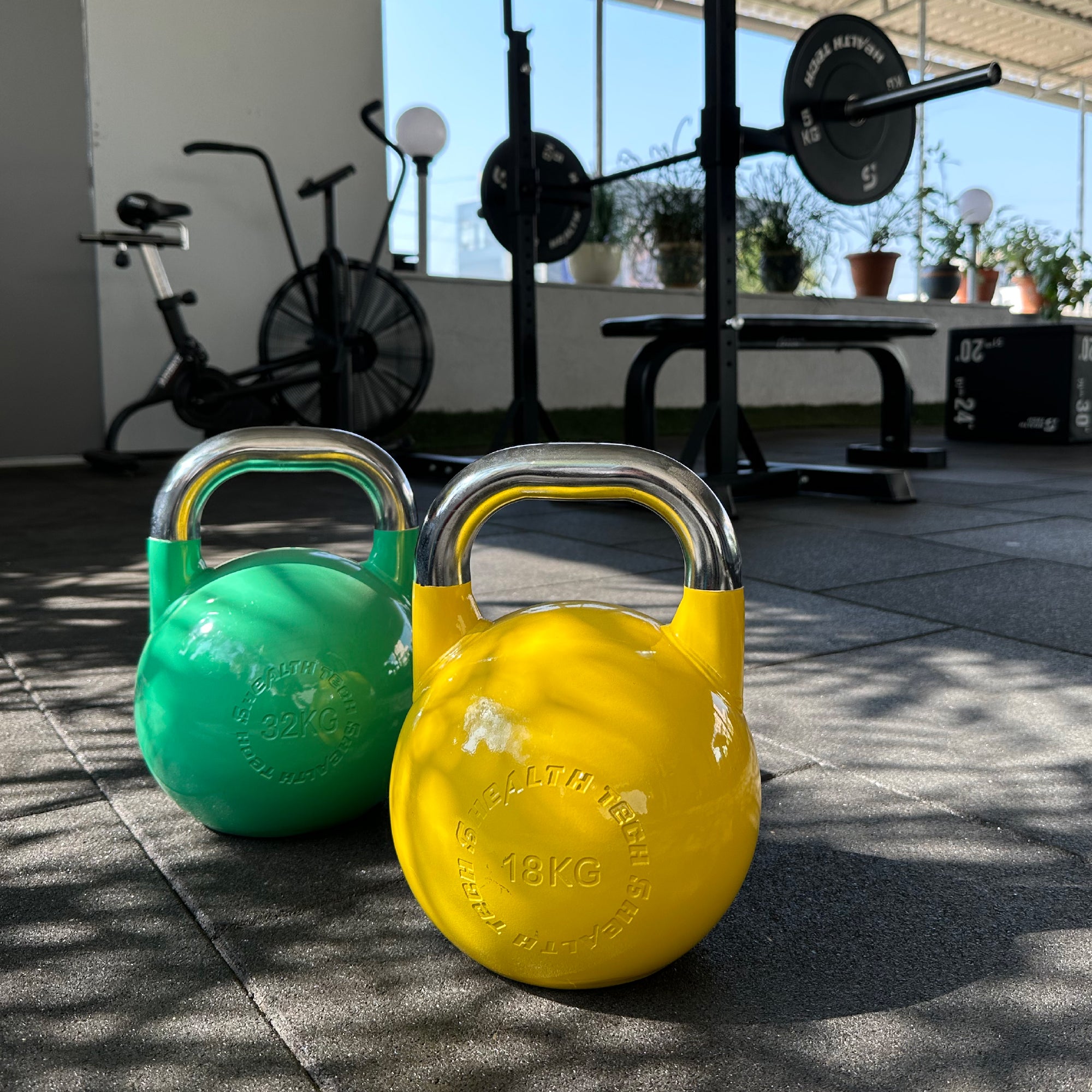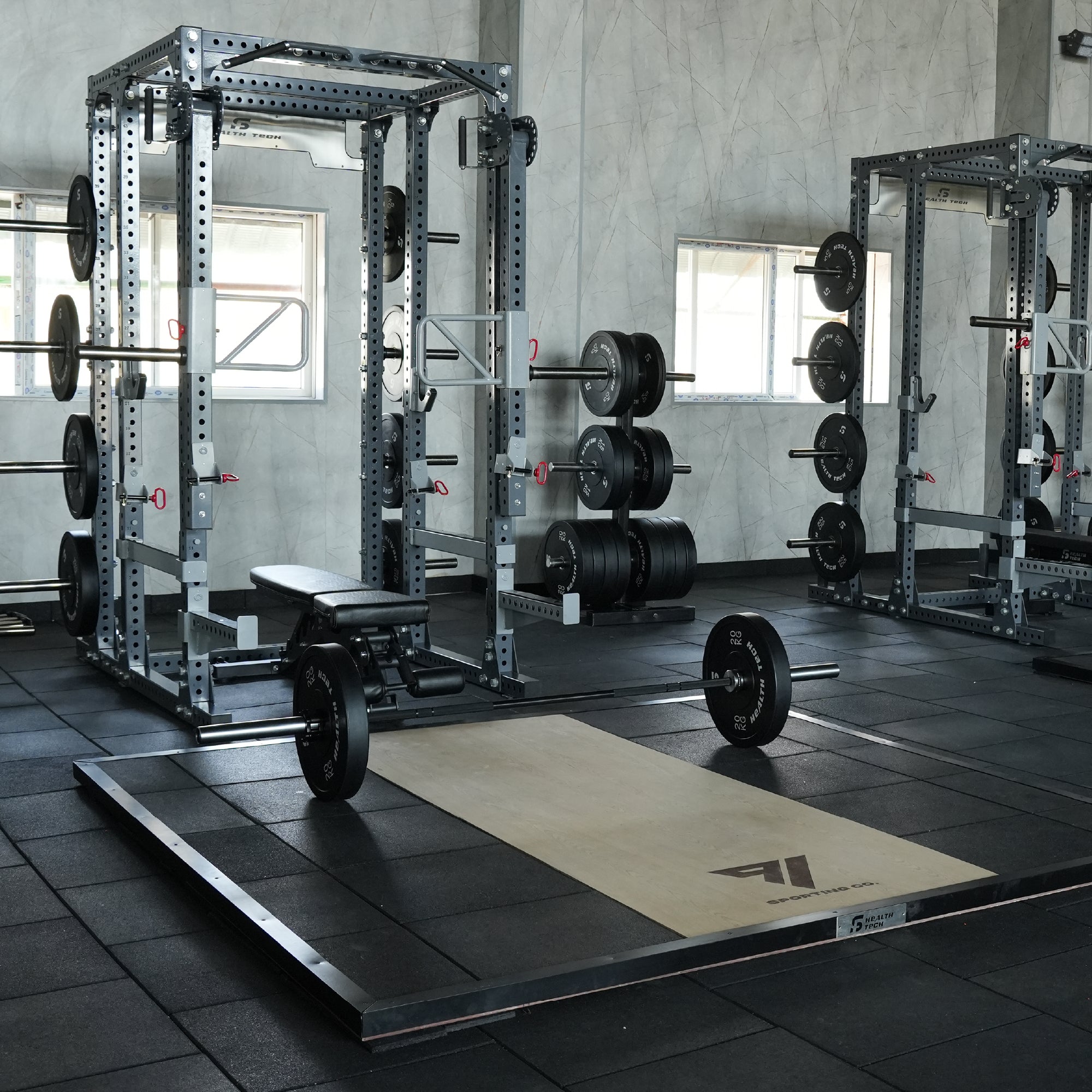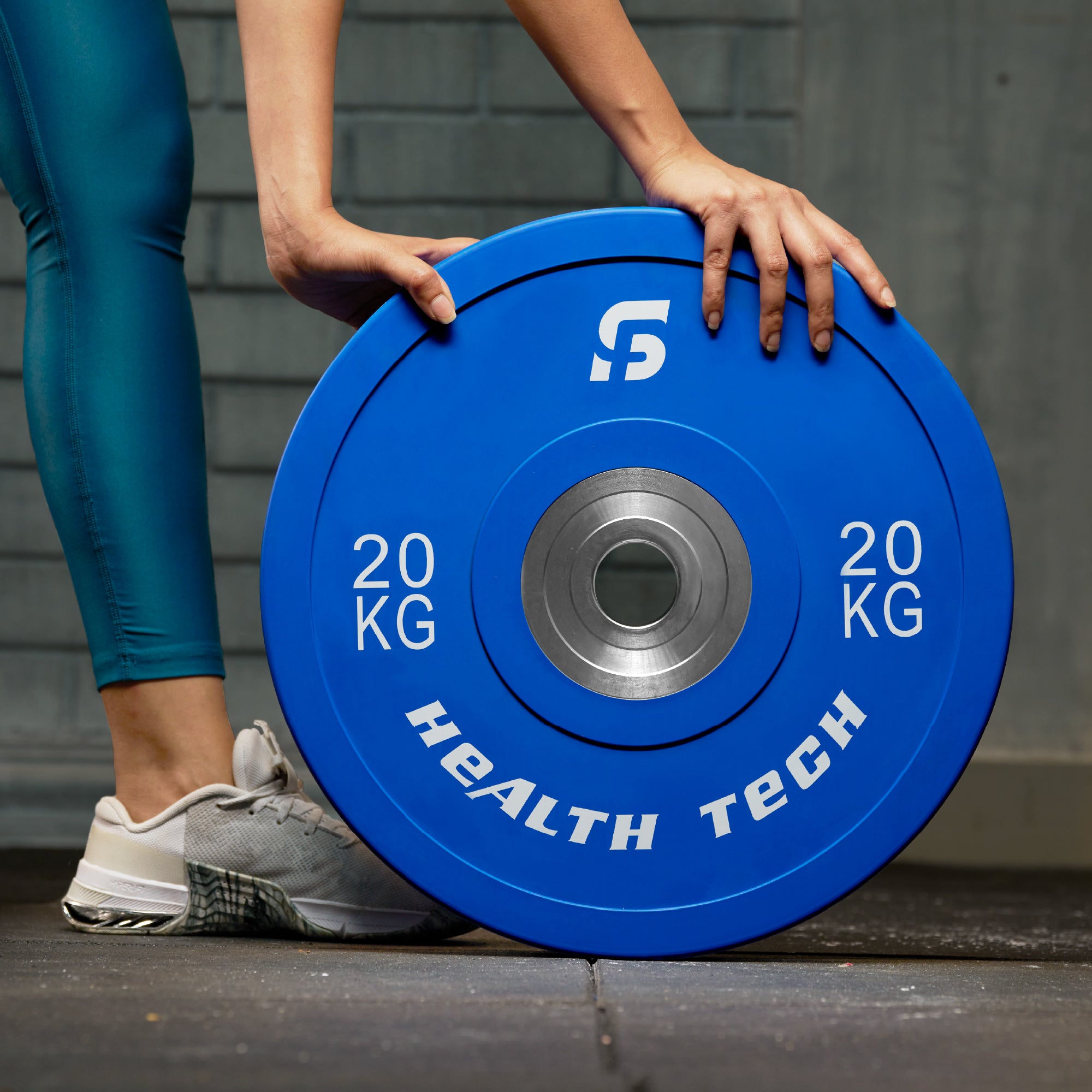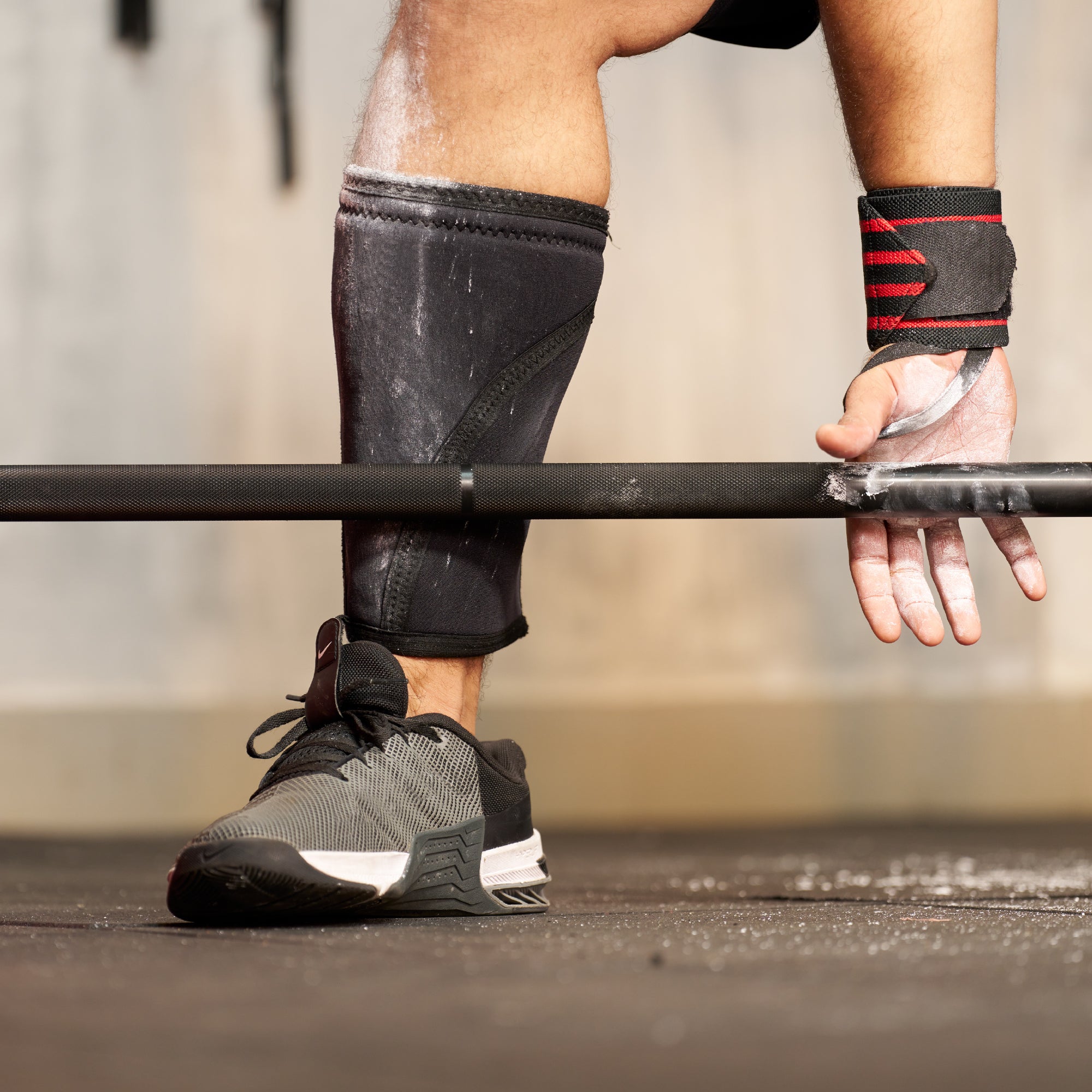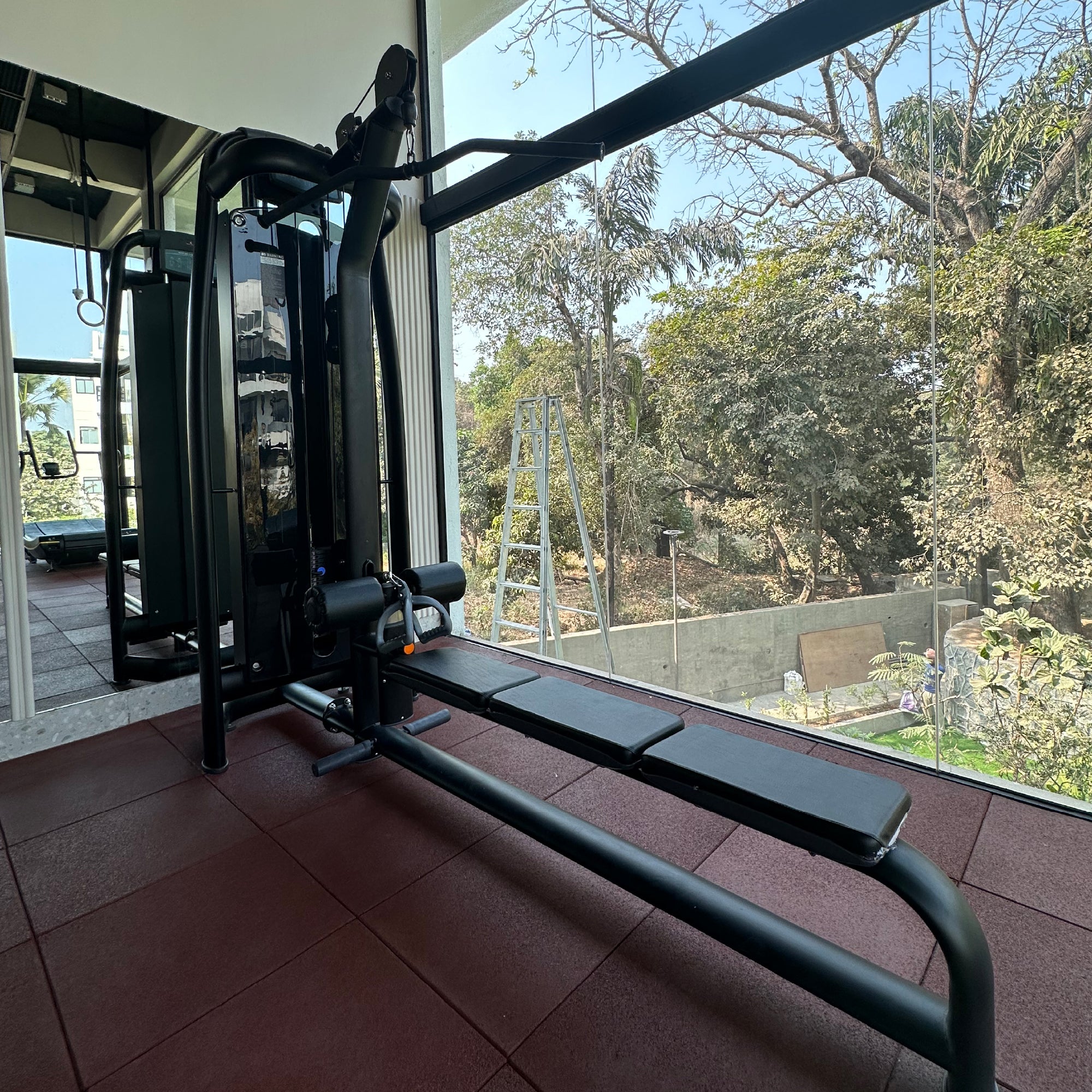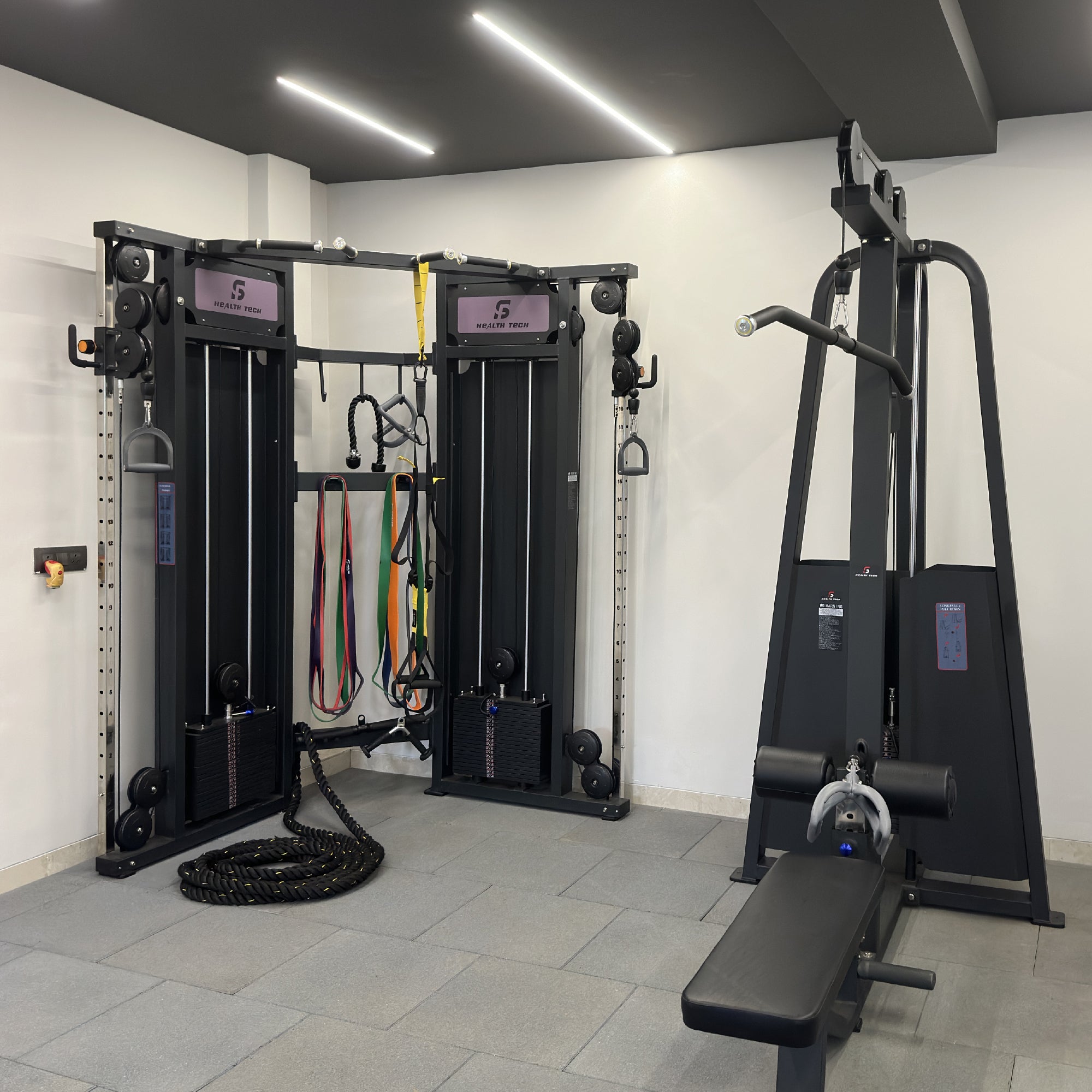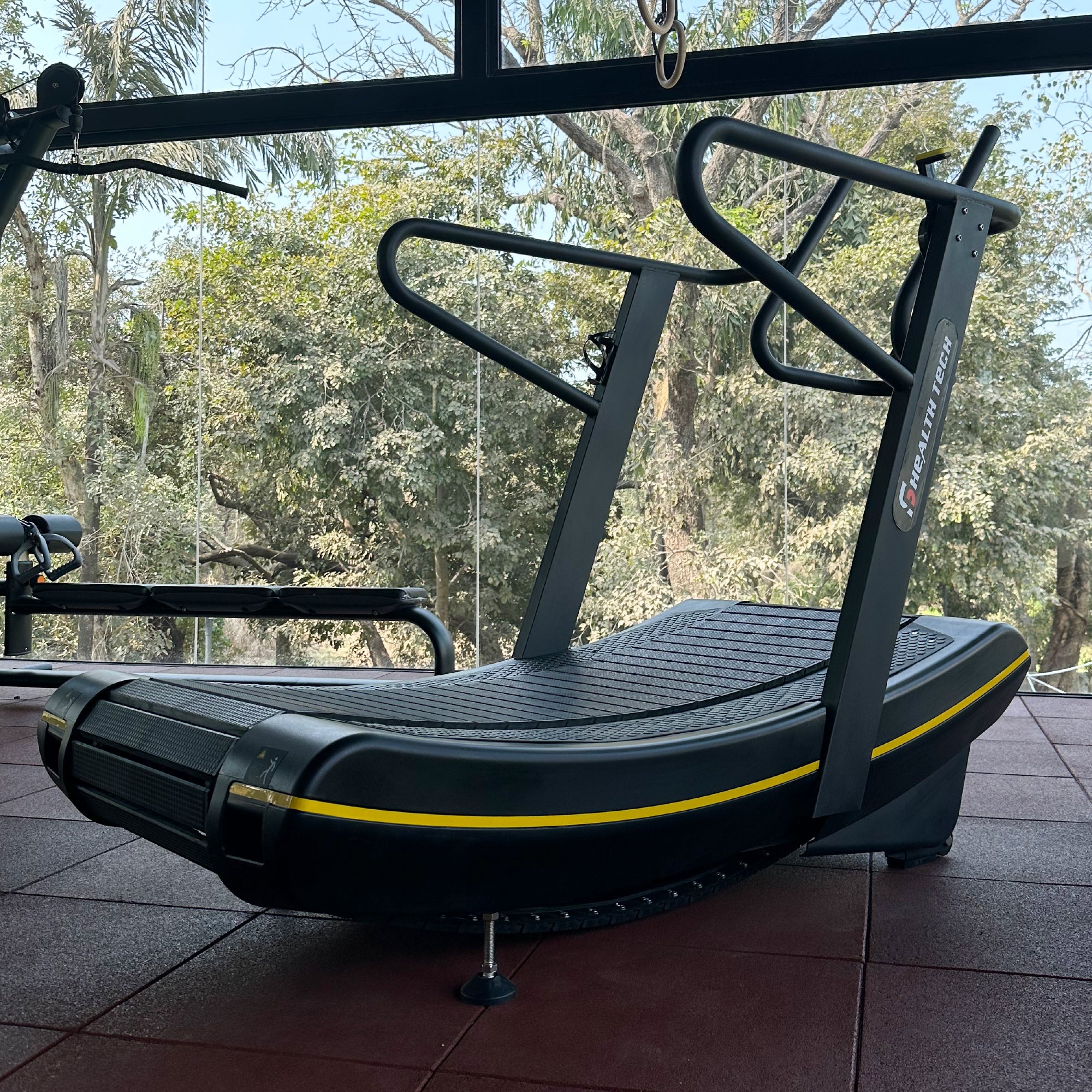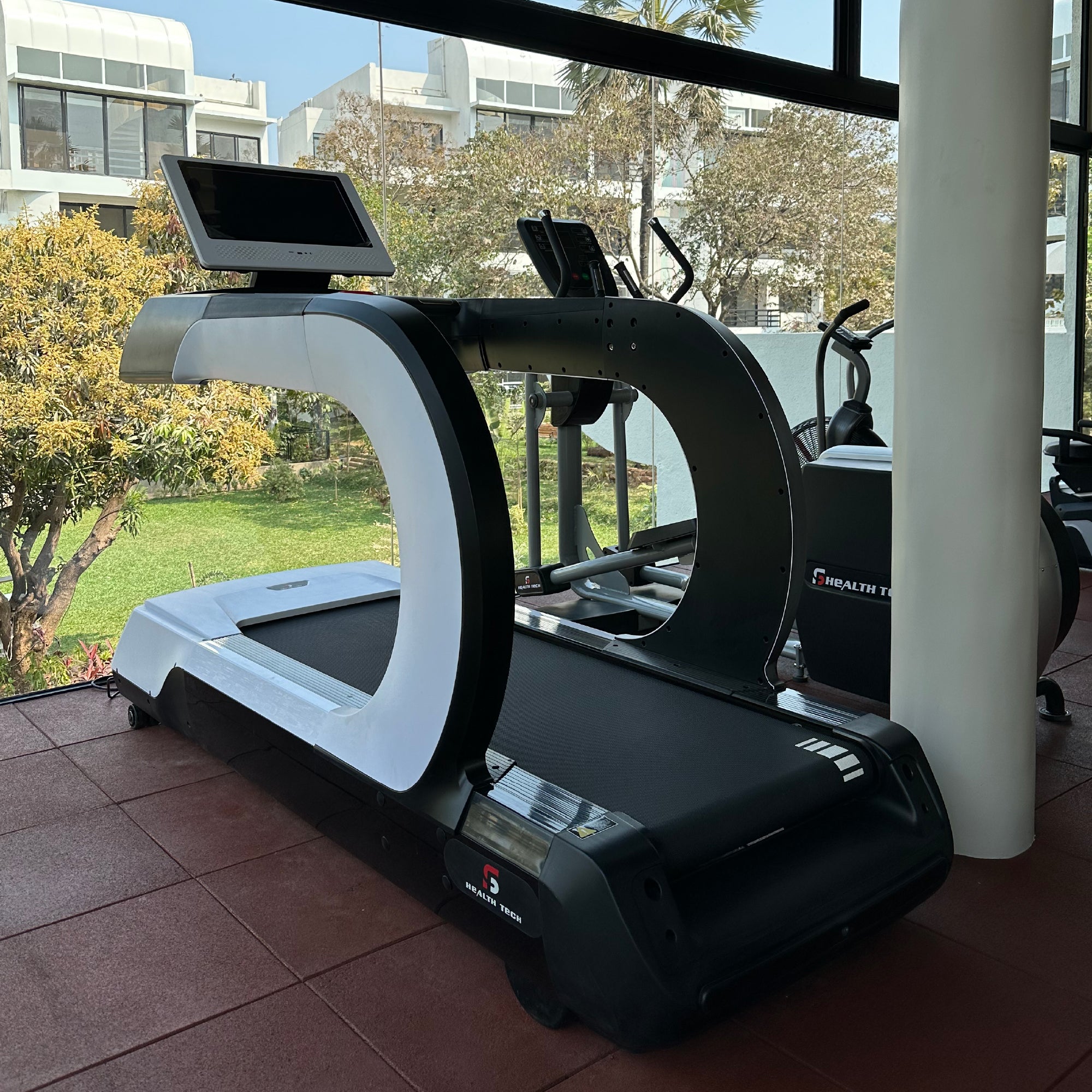Bumper Plates vs Iron Plates - Which to Choose and Why?

Weight plates have been part of gyms and fitness spaces for years in some form or the other, and over time new technique, material and design has changed and brought an evolution in this category of fitness equipment. The most prevalent, visible, and commonly used now are bumper plates and irons plates.
What Are Bumper Plates?

Bumper plates are multipurpose plates commonly found in gyms and used by beginners to intermediate fitness enthusiasts and even professional athletes. Since they are made out of rubber, they are known as rubber bumper plates.
Previously, bumper plates were the norm for most weightlifting training and competitions. They were initially introduced in the 1970s during the Olympics and hence were also called Olympic plates.
The need for bumper plates arose because the technique of overhead press was dropped from the three Olympic lifts in 1972. The other two lifts, the snatch and the clean and jerk, were called quick lifts. After removing the overhead press, the quick lifts allowed competitors to drop loaded barbells from over their heads.
Since weightlifters now had to drop the weight after the reps, iron plates were not ideal because they caused damage when dropped on the surface. This led to the making of rubber bumper plates.
Due to the material being rubber, when dropped, the surface was unharmed. Since then, the bumper plates have been used as an ideal choice for Olympic lifts. You can also use them for any other lift or exercise that require weight plates.
What Are Iron Plates?
Iron plates are made out of cast iron and are also referred to as traditional plates. They come in various sizes and thicknesses. Iron plates have handles so you can carry them easily. They aren’t as expensive as rubber bumper plates.
Since these are made from iron cast and are coated in a thin plastic covering, they are not durable and can break easily. When dropped on the floor, iron plates scratch and can damage the floor. Due to this reason, they are not ideal for workouts that require you to drop the plates after each rep.
You can perform any exercise of move with cast-iron plates, as long as you do not drop them on the floor. Whether it’s deadlifts, rows, or presses, you can practically do anything with them - just make sure not to drop them.
Bumper Plates Vs Iron Plates
Durability is the best quality of rubber bumper plates. Plus, they are better for your floors as well. On top of that, with bumper plates, you can do pretty much everything you could do with iron plates, but in a much better way.
The complex, gritty feeling of the iron plates can be a huge selling point for many people. But that’s it. You cannot perform any workouts that require you to drop weights on the floor often.
Bumper plates also come in striking colours, which is an added benefit. They do run a little more expensive than the iron plates, but when you consider funds you will spend on repeat purchases as they can break and chip, plus the damage your floor might encounter, bumper plates turn out to be a better choice financially as well.
|
Bumper Plates |
Iron Plates |
|
They are durable, even when dropped. |
They can easily break when dropped. |
|
All weight sizes have the same diameter. |
Diameters differ based on different sizes. |
|
Come in vibrant colours. |
Come in black or dark grey. |
|
They are ideal for power-focused exercises. |
Meant for classic grit feeling. |
|
Fall on the expensive spectrum of scale. |
They are cheaper than rubber plates. |
When Should You Use Iron Plates?
- If your focus is on bodybuilding, iron plates can be used.
- Any activities that are less likely to include dropping weights on the floor can be done with iron plates.
- You can do power racks and squat racks with them.
- Powerlifting workouts are not recommended with iron plates unless you have fully padded and protective flooring.
When Should You Use Bumper Plates?
- You can use rubber bumper plates in any workouts where you will lift or move around quickly, like in CrossFit.
- Most of the CrossFit boxes use bumper plates.
- Moreover, it is recommended for beginners to use bumper plates instead of iron plates.
- Professional athletes also prefer using bumper plates.
- They are a great choice of aesthetics of your gym or workout space are also essential since they look great due to the various colours they come in.
SF Rubber Bumper Plates
Rubber Bumper Plates
Our reasonably priced, colour-coded SF Rubber Bumper Plates are built to withstand drops - even from overhead - so you can prioritize your safety while challenging your personal records.
Rubber Bumper Plates 2.0
Constructed with virgin rubber formulated for durability, density, and low bounce, our Rubber Bumper Plates 2.0 have a standard 450 mm diameter and a weight within 1.5% of its target.
Olympic Rubber Bumper Plates
Sold in four vibrant colours along with a classic black, SF Olympic Rubber Bumper Plates ensure a minimal bounce, so you don’t go around chasing for the bar around the gym. These are perfect for professional athletes!
No matter what your need and fitness goals are, we have the bumper plates that you need. Our plates are best-in-class with unmatched quality to give you the most bang for your buck and for the ultimate lifting experience.


